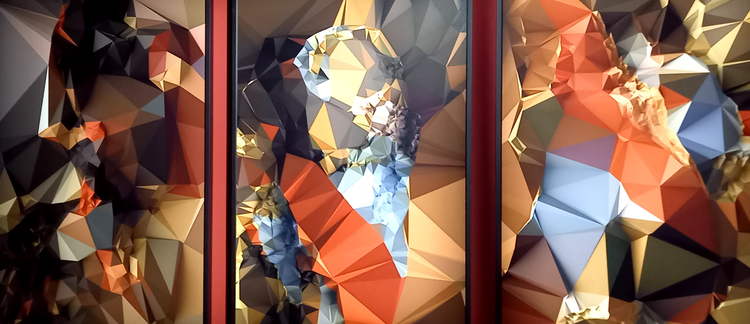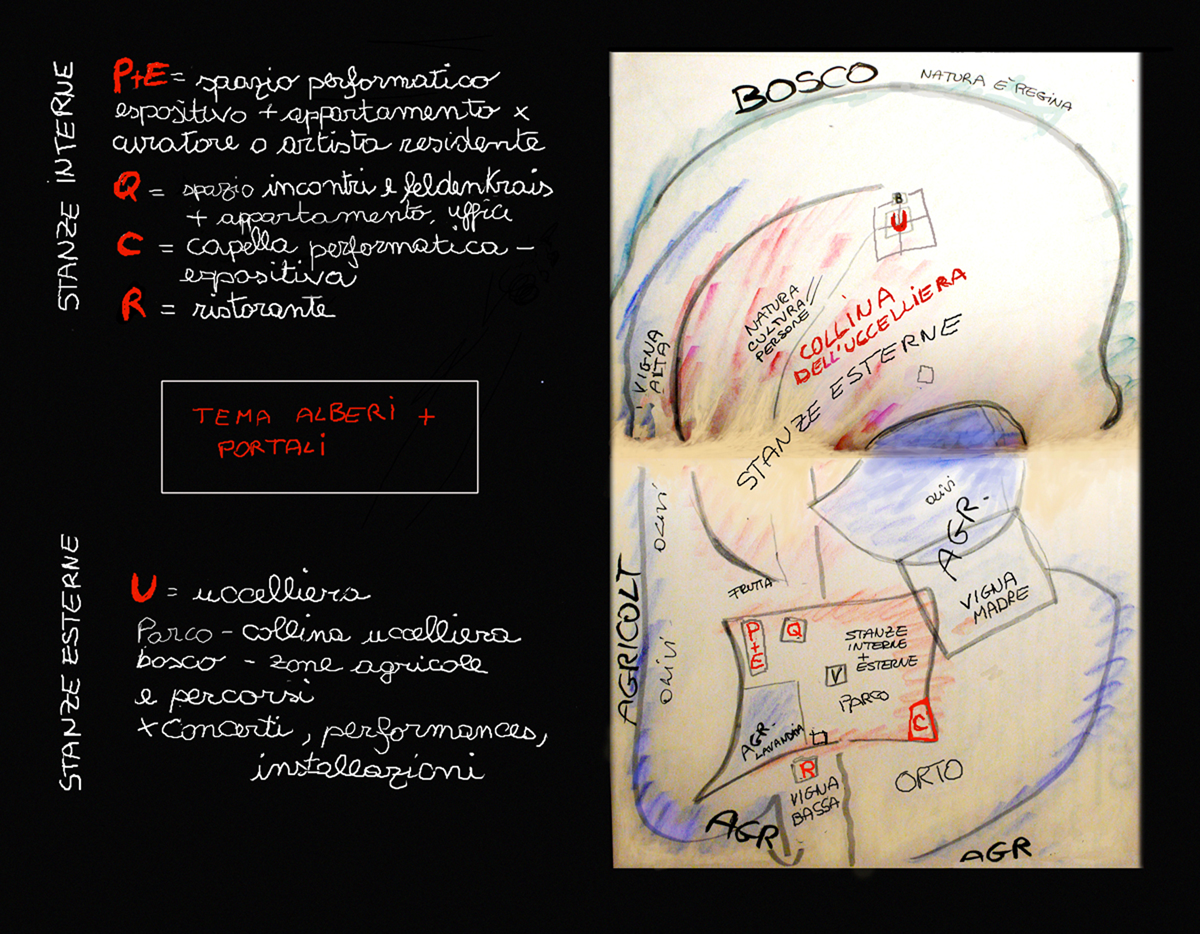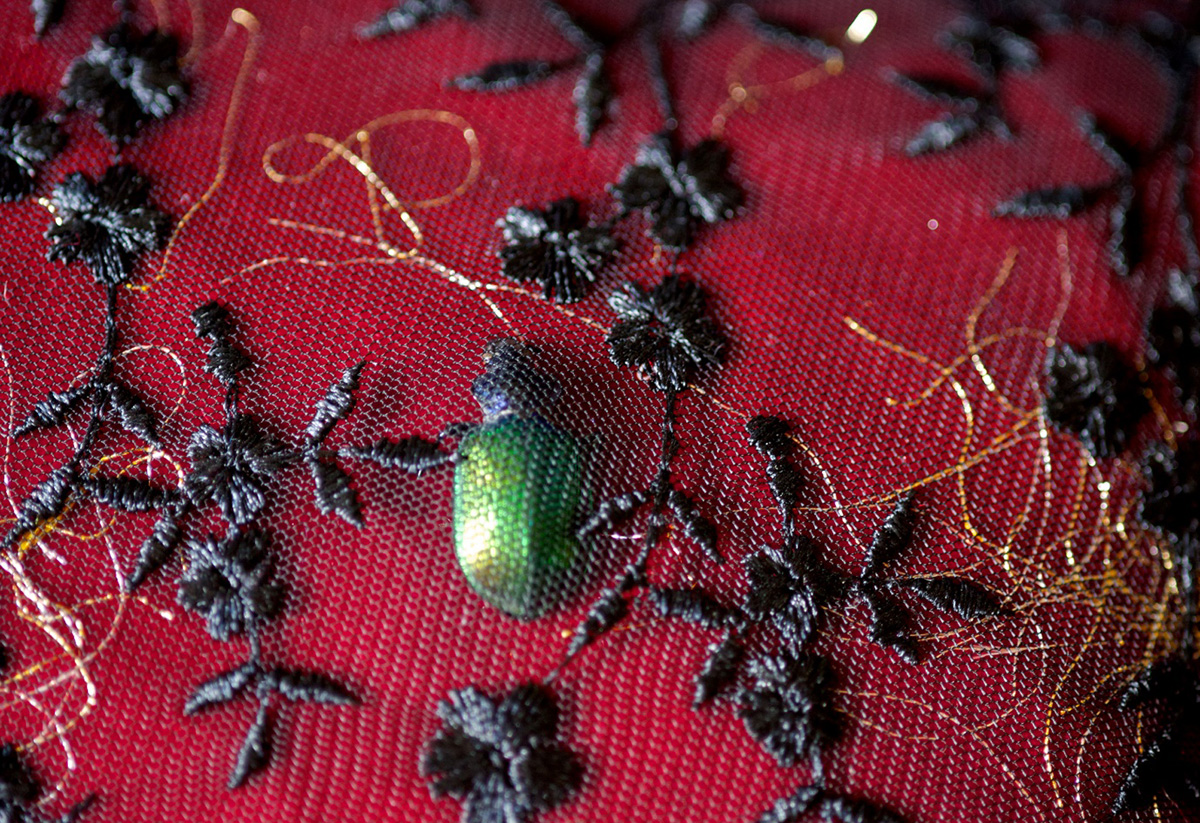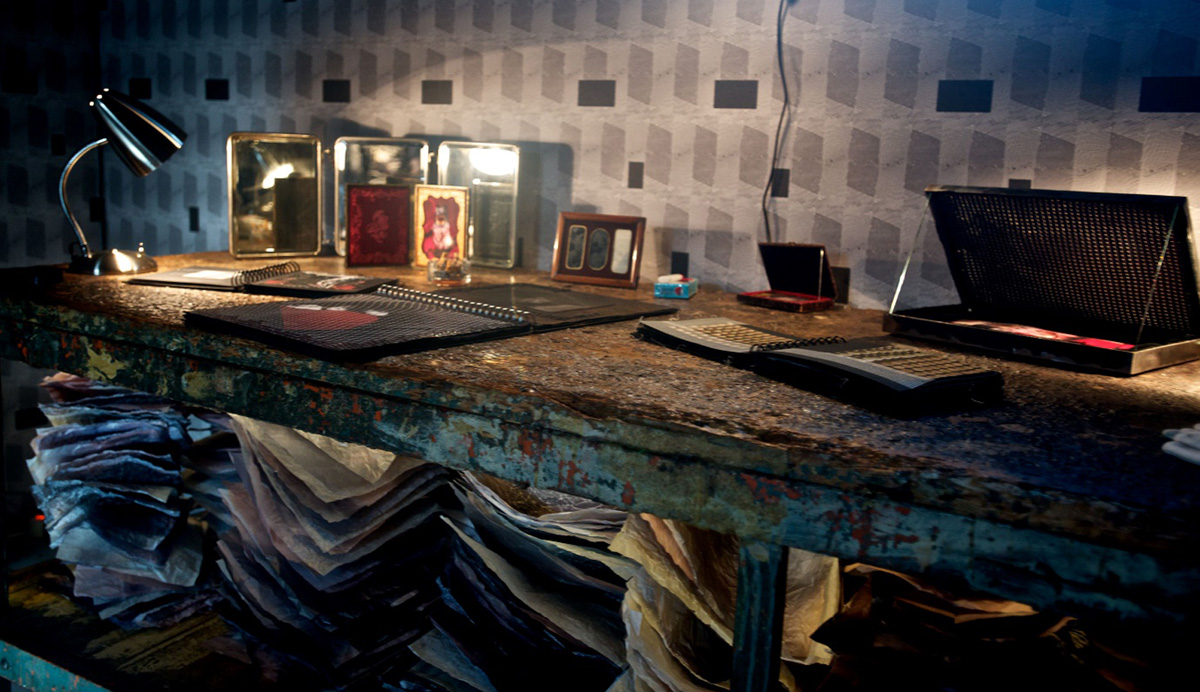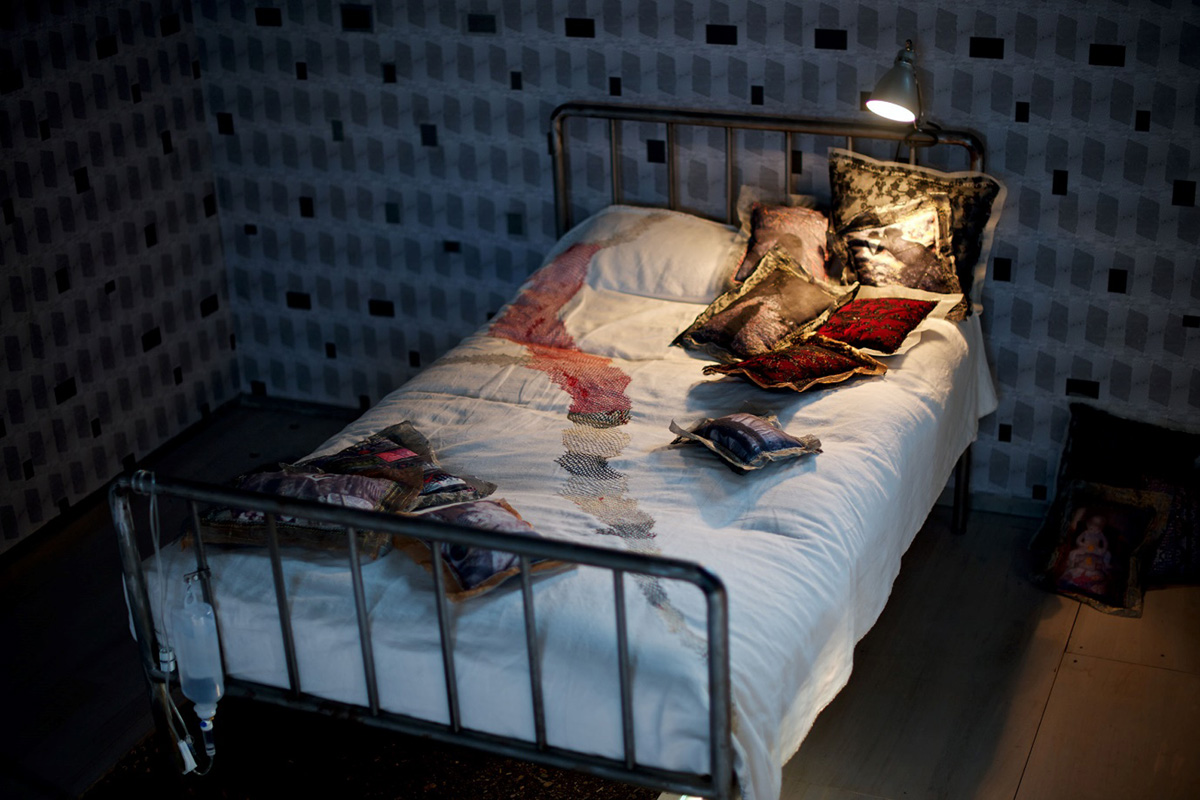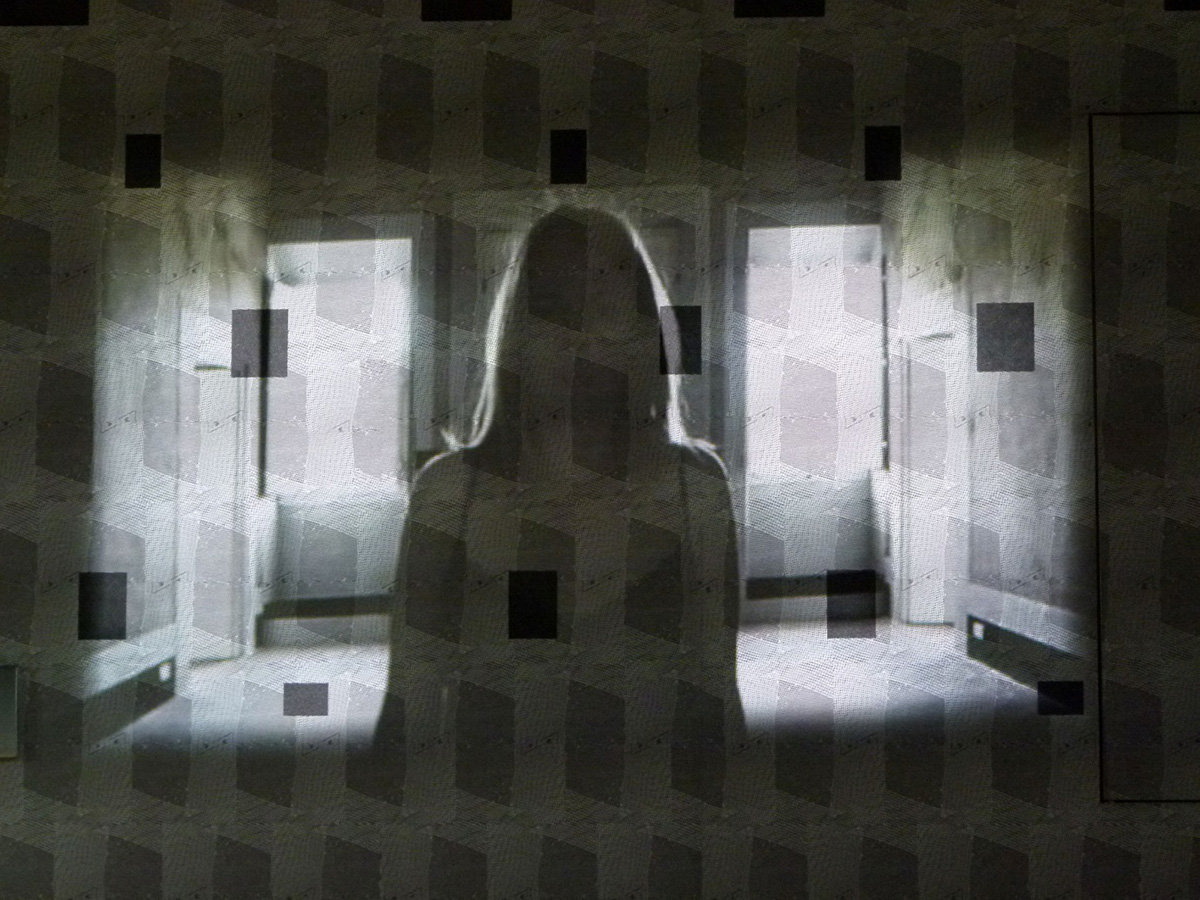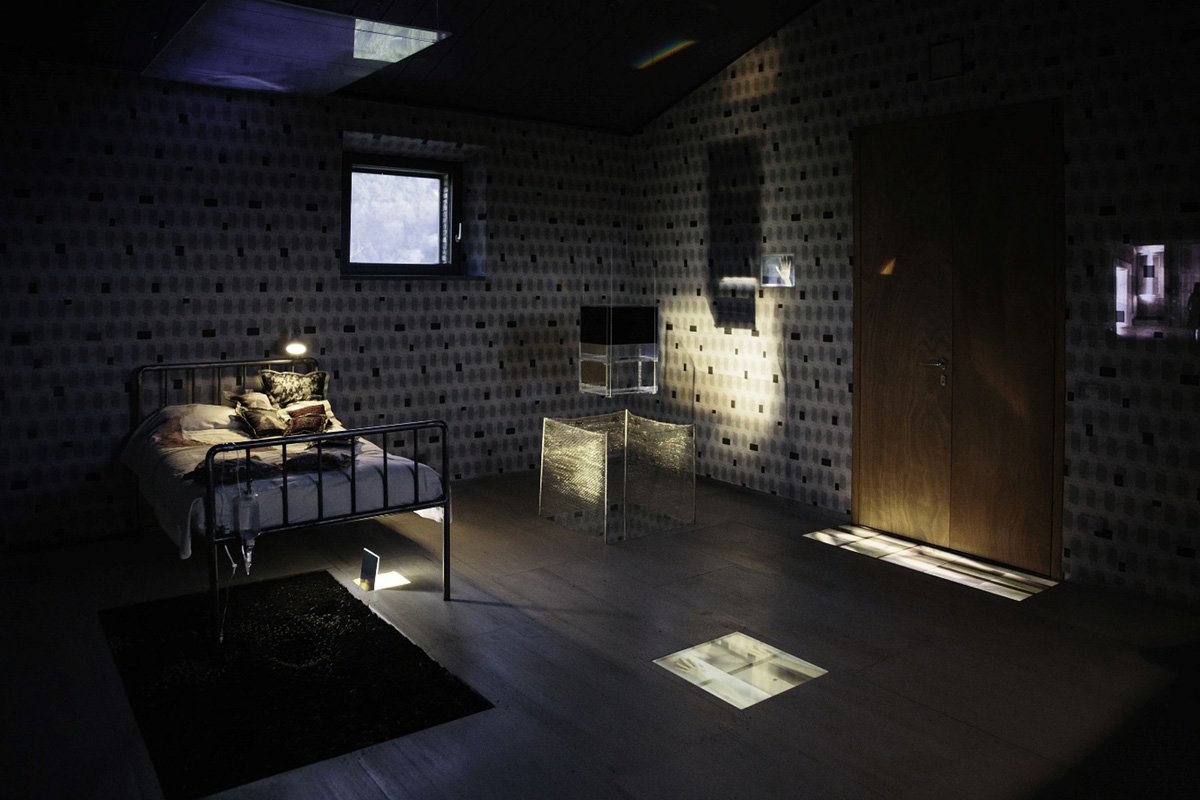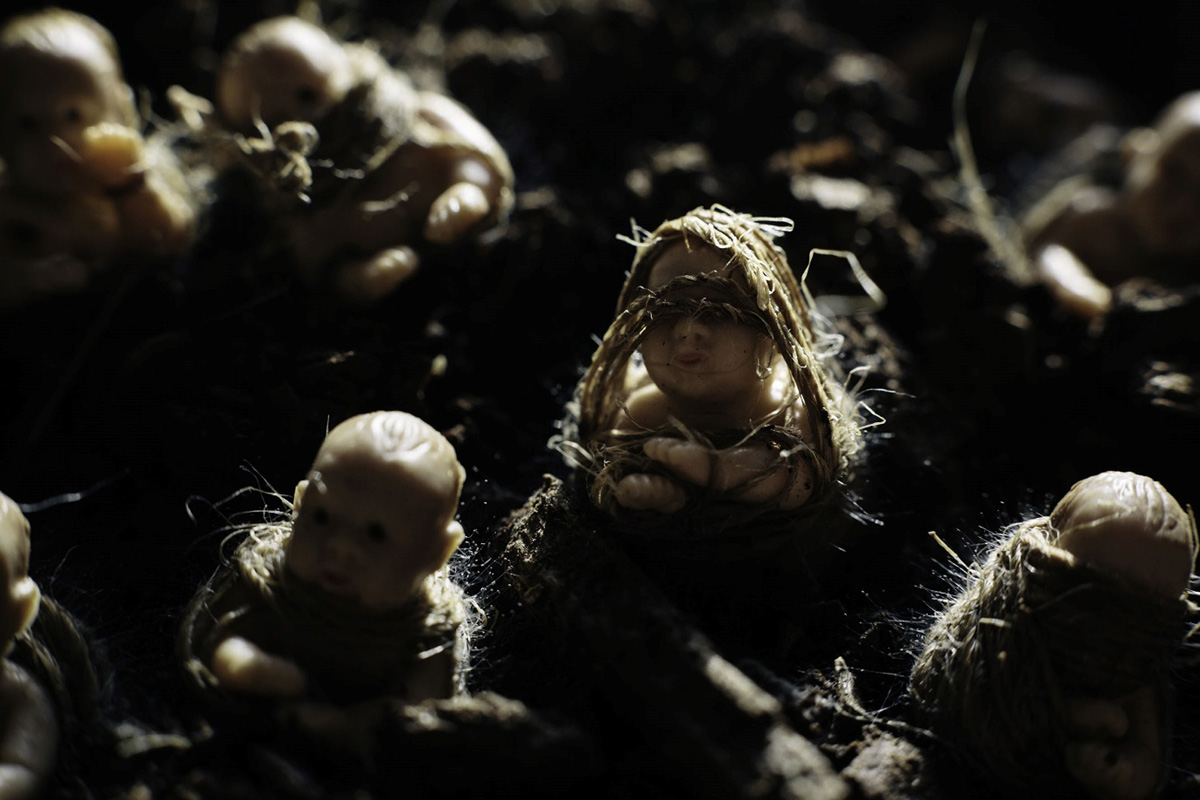The following information concerning the overall project can be found on the website: https://www.delloscompiglio.org/en/project.html
Created in 2003 and directed since then by the artist and theatre director Cecilia Bertoni, the Dello Scompiglio Project comes to life from the homonymous estate located just outside Lucca, Tuscany.
A unique poetical, physical and mental garden taking shape as a single body in which culture, agriculture and gastronomy seamlessly interweave. Three interdependent realities coexist within the estate, carrying out a dynamic process focused on research, with particular attention to environmental care and landscape development. Alongside the restaurant Cucina Dello Scompiglio and the organic farm Azienda Agricola, the cultural association ‘Associazione Culturale Dello Scompliglio’ has, since 2007, presented an intense multidisciplinary activity, linked to visual and performing arts. The programme, which in recent years has seen itineraries and seasons related to specific themes, with open calls and residencies for artists and Dello Scompiglio’s own productions and creations, spans exhibitions and installations, performances, concerts, lectures and activities designed for children and teenagers, with the aim of questioning the demarcation of boundaries and limits between the different disciplines that make up the contemporary.
The main nucleus of the Tenuta dello Scompiglio is an area of 50 hectares. Situated in the Vorno hills, it includes a centuries-old park with a villa that blends into a vast landscaped area creating a single large garden to the edge of the woods, agricultural areas and some restored farmhouses, which at present host artists-in-residence and collaborators.
Among the buildings dedicated to the Dello Scompiglio activities, refurbished according to the techniques of bioarchitecture, energy saving and environmental sustainability, are the Performance and Exhibition Space (SPE – Spazio Performatico ed Espositivo), the Cucina Dello Scompiglio restaurant and the Square House. The latter houses the offices of the cultural association (‘Associazione Culturale Dello Scompiglio’) and the agricultural, land and forest management (Azienda Agricola), the spaces for preparing and conserving fruit and vegetable products, the wine cellar and a room for Feldenkrais® Method classes.
For centuries, the estate had been a self-sufficient farm, cultivating mainly olives, vines and fruit. Then, over several decades, it was abandoned and nature regained the upper hand, covering the surfaces with brambles and pines. The human imprint influences and structures nature, which, when left to itself, conquers its dominion in a disorderly way. Once the human being has interfered in an ecosystem, it cannot regain its independence. For this reason, the Dello Scompiglio Project set about re-establishing a dialogue both with the present environment, with all its natural and architectural elements, and with its history, seeking contemporary forms of interaction and responsibility. It is a relationship of interdependence, exchange and symbiosis, rather than exploitation: an interaction between various organisms. The human being, with its own organism, consisting of corporeality and senses, experiences and longings, shares with other human beings the organism of the space that feeds, warms and comforts him. Dialogue and activities with the land, the woods, the wildlife, the architectural elements, the visual and performance arts in outside and inside spaces contribute to the cultural research.
Cecilia Bertoni
Camera #3 (Chamber 3)
Visiting Camera # 3 (Chamber 3) consists of a very pleasant, steep uphill walk of about twenty minutes, revealing stunning views of the Tuscan landscape. The interdisciplinary digital installation, housed in a small hut with only one audience member allowed entrance at a time, proved to be captivating, fascinating and thought provoking. It digitally and materially captured the fragmentary memories, dreams and fears of two women as they question their own identities. Certainly, well worth visiting if in the Lucca area. Details of the Installation are below.
Please see website https://www.delloscompiglio.org/en/culture/permanent-installations/chamber-3.html?id=145
INSTALLATION
CECILIA BERTONI AND CLAIRE GUERRIER
WITH CARL G. BEUKMAN
2014
Construction and technical crew Paolo Morelli and Cipriano Menchini
with Alice Mollica, Daniele Ghilardi and Alfredo Dell’Immagine
THE INSTALLATION IS IN A LITTLE HUT ON THE SCOMPIGLIO ESTATE. IT CAN BE REACHED BY AN UPHILL WALK OF ABOUT 15 MINUTES. ONLY ONE VISITOR AT A TIME MAY ENTER.
A room to discover – a desk where one can sit – a bed on which to lie – photo albums and books to browse.
The installation Camera #3 (Chamber #3) concludes a path begun in 2011 with the second stage created in 2012, in which two women question their own identities. A bedroom into which the visitors are invited to immerse themselves is an allegorical prison to distance themselves from daily life and enter a world filled with the references, evocations, memories, fears and dreams of two women enclosed within their own solitude. On the one hand, a physical, and moreover a mental, cage constructed using thin strips of wallpaper that illustrates a clear boundary between the coming of everything happening outside and a time that remains inevitably suspended internally. The story of a physical imprisonment, that drags with it obsessions, emotional obligations and thoughts, drawn through the weaving of fragments, the dislocation of the elements and the diversification of levels of interpretation. The narrative diary of an absence that pervades throughout the room in elements such as the bed, the pillows with sketches imprisoned between the fabric mesh and the embroidery, the table on which are innumerable memories and attempts to escape, the calligraphy of different signs, a picture closed up in the aquarium or the chair with books waiting to be leafed through. On the other hand, the solitary, evanescent and powerless presence trying to enter this prison whispering her own identity through the fragmentation of her body in images concealed by glass or protected under a table, a space overflowing with earth crammed with miniature new born babies and videos in which she seems trapped in the walls of the room or suspended in the environment. A presence just within sight, but which disappears as soon as you get close, remaining at the periphery, trapped outside the web. The need to ask questions relating to the role of herself in the context in which she operates, showing the body as a shell of memories and experiences that emerge stealthily, delicately, without ever succeeding to definitively burst in.
Together, they create an atmosphere in which the serenity of vision clashes with the complexity of thought, the calm effected by windows with the turmoil of the surroundings, and the intermittent sounds from the world outside with the noises heard inside. A piercing encounter in which the demographic, social, economic and cultural differences of the two women are negligible, and which winds through a place to escape from or adapt to. An externalisation of physical or mental prisons, past, present or future, that belong to us more than anything else and which none of us can forget. (Angel Moya Garcia).
Artists’ Biogs
Cecilia Bertoni (1961) was born and grew up in Italy, but lived elsewhere. Poetry, musicality, the architecture of the body and of space in movement – or not, and their dynamics – are the subjects of her research. The spaces suspended between life and death, between dreaming and awake, are the scenes in which these subjects play and are played out, like fragments of memory and of longing: the absence of what is no more and what is yet to be. The instruments of the narrative vary between dance, drama, photography, embroidery, drawing, installation and video. They develop in neutral spaces, or give life to a dialogue with the outside spaces in nature and/or are site-specific. Creator of the entire Dello Scompiglio Project which expands the concept of culture to encompass the environment, the landscape, the agriculture and the Cucina, she is the co-founder and artistic director of the Associazione Culturale Dello Scompiglio based in Vorno (Lucca). Her eclectic training included contributions from Philippe Gaulier, Monica Pagneaux and many collaborators of Theatre de Complicité (London) and she has worked abroad as director, performer, choreographer, set designer and dramaturge in numerous projects with the principle aim of harmonising, blending and contrasting different forms of art in her compositions. Before returning to Italy, she was co-founder and artistic director of the company Circle-X Arts, London, for which she choreographed and directed several shows in which she also performed. Her works as choreographer, director and set designer include Vanishing Act, which took part in the Resolution Festival, at The Place Theatre, London. She qualified as a teacher of the Feldenkrais® Method.
Claire Guerrier was born in 1969 in Strasbourg, France. The artist resides and works in Basel, Switzerland. From a theatrical training, her work as actress and director has gradually extended from the composition of the character to the definition of the identity of the performer/artist. In her work, which in particular makes use of video, she combines reality and fiction in addressing essential questions: the body, pain, strength, knowledge, emptiness and fullness, or, as in Camera #1, #2 and #3, absence and presence… In her works Guerrier creates worlds between reality and fantasy, poetry and threat, always engaged in seeking her own identity and the motivation to live.
Carl G. Beukman was born in Sintmaartensdijk (Zeeland, The Netherlands) in 1960. After many years as a bass player, his interests have shifted towards composition and sound design, mainly for the theatre. He is always looking for the perfect combination of sound, image and text within the theatrical and performance environment, and in video. His musical influences come from contemporary classical music and rock. His starting points are often organic sounds, such as recordings of nature (animals, wind, the snapping of a vegetable, etc.). These sounds are then manipulated by the artist and combined with acoustic and synthesized instruments. In this way he tries to create a world that does not exist and, in combination with other art forms, finds his escape from reality.
Competing Interests
The author has no competing interests to declare.
Author Information
Susan Broadhurst is Professor Emeritus and Honorary Professor of Performance and Technology at Brunel University London, based in Fivizzano, Tuscany. She is a writer and academic who has published widely in the field of experimental performance and especially, its interrelation with developing technology.
